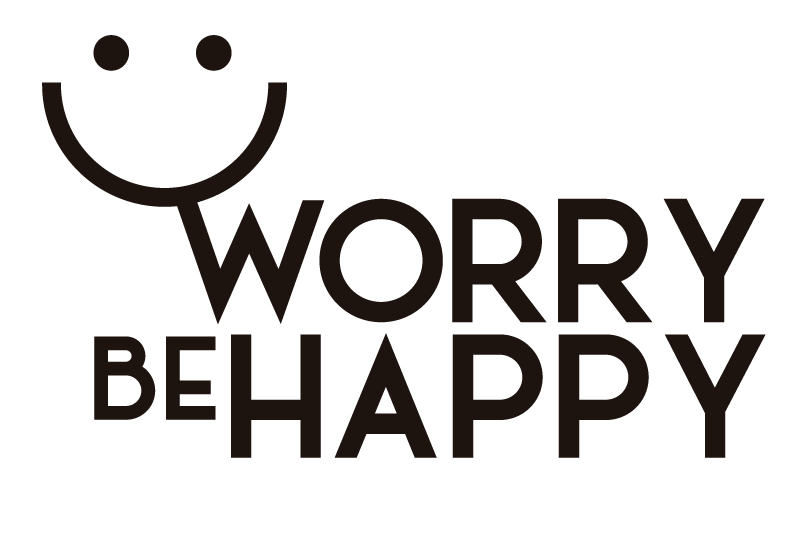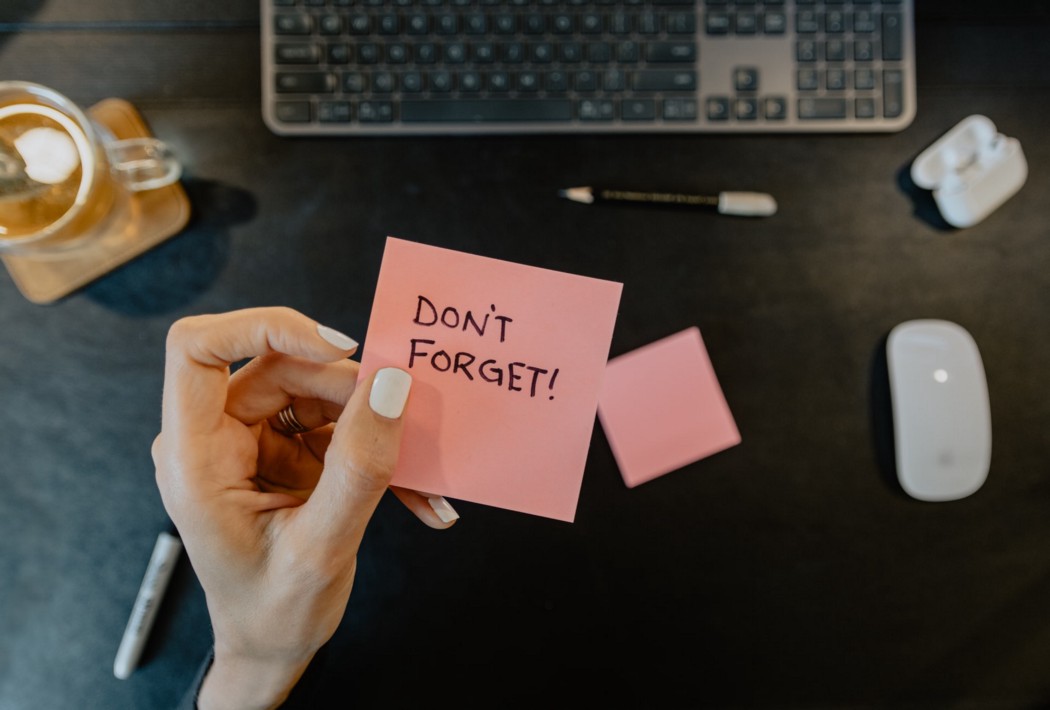Understanding reminders in depth is one of the easiest ways I’ve found to improve my PKM and life.
Do you want to have a better life in the simplest way?
Keep reading!
Why Simplicity Is Essential
Reminders are so “simple” that people usually see them as stupid things they don’t pay the slightest attention to.
That’s why they don’t make the best out of them.
Simplicity is where real growth lies.
Simplicity will always take you to unique places in life.
Why Subtleties Are So Critical
It’s in subtleties where real added value is hidden.
Looking at things from different perspectives takes you to totally different destinations.
That’s my goal with this article: to take you to places you may never have thought of.
Let’s check out those subtleties together!
What’s a Reminder?
A reminder is a written or spoken message that reminds someone to do something.
That’s the standard definition.
Let’s move one (or multiple) step beyond, going deeply into the subtleties to grow in the simplest way.
Approach 1: Short Duration Tasks
I use reminders to manage tasks whose execution time is very short.
It avoids cluttering my task manager.
Examples:
- Send a Whatsapp to someone.
- Schedule an appointment.
- An issue I want to discuss with someone when I go to talk to them.
Approach 2: Top Priority Tasks
I use reminders to manage tasks I want to have on top of my mind.
It helps me isolate them from the rest of my task manager.
Examples:
- I want to be 100% sure I don’t forget something.
- I want to be 100% focused on something.
Approach 3: Forcing a Certain Date
I use reminders if I want to be 100% sure something will be done on a specific date.
Hack: don’t check it as done until you’ve really done it. Keep it annoying you to force yourself to do the task.
Example: I’ve sent one email every day to my French teacher for the last 460 days. I haven’t missed one because my reminders app keeps annoying me until the task is done. It’s not me who’s great. It’s my workflow and reminder app!
Approach 4: Forcing a Certain Hour
I use reminders to stop or start doing something.
It’s like an alarm.
It allows me to overcome Parkinson’s law because I force myself to dedicate to each task the time it deserves (the one I’ve previously decided).
Examples:
- I want to begin checking my email at a certain hour.
- I want to stop dedicating time to my writing.
- I must leave my office at an exact time.
Approach 5: Repetitive Tasks
I use reminders to manage tasks I need to do with a mandatory frequency.
Whenever I mark them as done, they automatically appear in the next iteration.
Examples:
- Sending a daily email to my French teacher.
- Sending a daily Whatsapp to my wife.
Approach 6: Create a Habit
A consequence of the previous approach.
A habit is nothing else than repeating a task with a desired frequency.
Check this article to enjoy a real-life example: How You Can Easily & Effortlessly Create a Habit With Just Your Reminder App.
Takeaways
Reminders allow you many things:
- Overcoming Parkinson’s Law.
- Avoid cluttering your task manager.
- Automating things.
- Making things happen.
Don’t underestimate them.
Like all simple things, they allow you to succeed in the complexity of life.
Photo by Kelly Sikkema on Unsplash.

